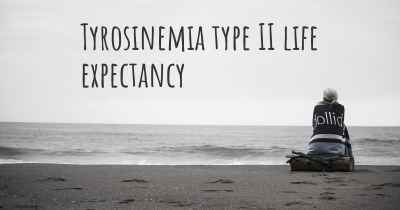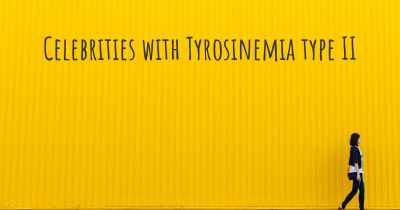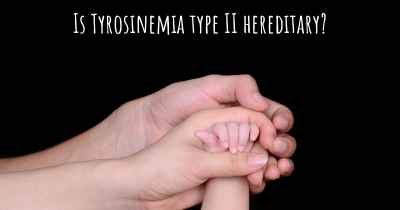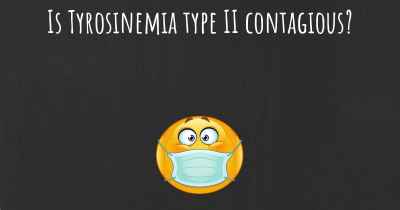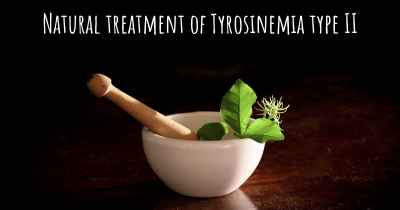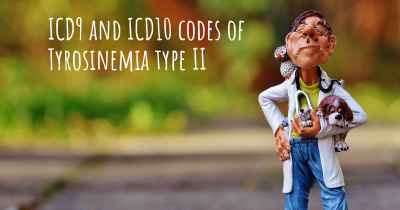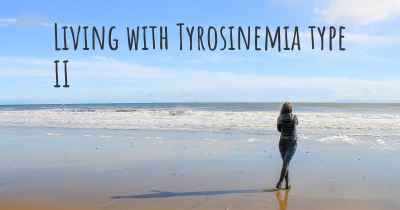How is Tyrosinemia type II diagnosed?
See how Tyrosinemia type II is diagnosed. Which specialists are essential to meet, what tests are needed and other useful information for the diagnosis of Tyrosinemia type II
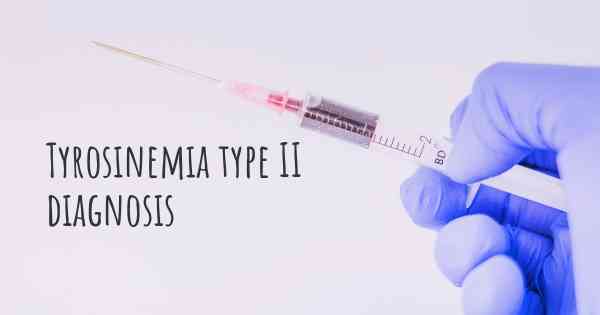
Tyrosinemia type II, also known as oculocutaneous tyrosinemia or Richner-Hanhart syndrome, is a rare genetic disorder that affects the metabolism of the amino acid tyrosine. It is caused by a deficiency of the enzyme tyrosine aminotransferase (TAT), which is responsible for breaking down tyrosine in the body.
Diagnosing Tyrosinemia type II
Diagnosing Tyrosinemia type II typically involves a combination of clinical evaluation, biochemical testing, and genetic analysis. The following steps are usually taken to reach a diagnosis:
- Clinical evaluation: The first step in diagnosing Tyrosinemia type II is a thorough clinical evaluation. A healthcare professional will assess the patient's medical history, symptoms, and physical examination findings. The characteristic features of Tyrosinemia type II include eye abnormalities, such as corneal ulcers and photophobia, as well as skin lesions.
- Biochemical testing: Biochemical testing plays a crucial role in diagnosing Tyrosinemia type II. Blood and urine samples are collected to measure the levels of tyrosine and its metabolites. Elevated levels of tyrosine and its byproducts, such as tyrosyluria, are indicative of the condition. Additionally, the levels of other amino acids may also be assessed to rule out other metabolic disorders.
- Genetic analysis: Genetic analysis is the definitive method to confirm the diagnosis of Tyrosinemia type II. It involves identifying mutations in the TAT gene, which is responsible for encoding the enzyme tyrosine aminotransferase. This analysis can be performed using various techniques, including DNA sequencing or targeted mutation analysis.
Additional diagnostic considerations:
While the aforementioned steps are the primary methods for diagnosing Tyrosinemia type II, there are a few additional considerations that may aid in the diagnosis:
- Family history: A detailed family history can provide valuable information, as Tyrosinemia type II is an autosomal recessive disorder. If other family members have been diagnosed with the condition or exhibit similar symptoms, it can support the diagnosis.
- Imaging studies: In some cases, imaging studies such as ophthalmologic examination or corneal photography may be performed to assess the extent of eye abnormalities.
- Response to dietary changes: Tyrosinemia type II can be managed through dietary modifications, particularly by restricting tyrosine intake. If a patient shows improvement in symptoms or biochemical markers after implementing a low-tyrosine diet, it can further support the diagnosis.
Conclusion
Diagnosing Tyrosinemia type II involves a comprehensive approach that combines clinical evaluation, biochemical testing, and genetic analysis. Identifying characteristic symptoms, elevated levels of tyrosine and its metabolites, and mutations in the TAT gene are key factors in reaching a definitive diagnosis. Additional considerations such as family history, imaging studies, and response to dietary changes can further support the diagnosis. Early diagnosis is crucial for initiating appropriate management strategies and improving the long-term outcomes for individuals with Tyrosinemia type II.
